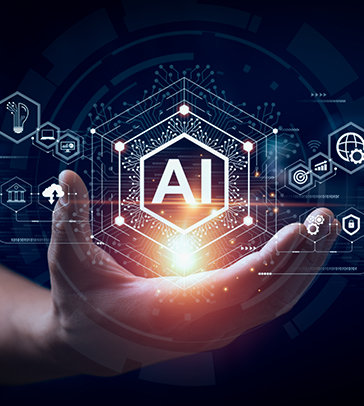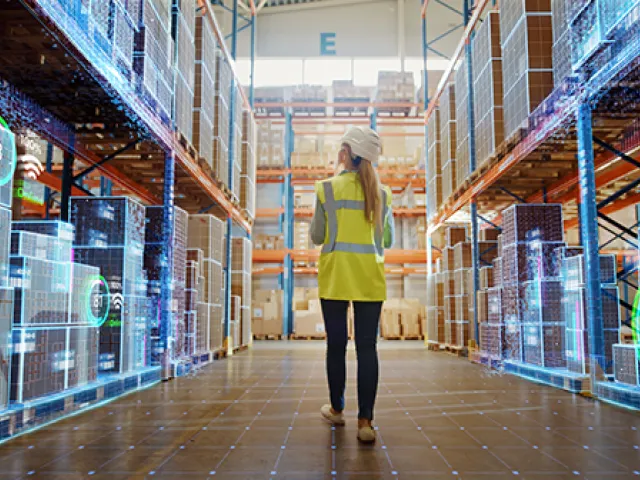Table of contents

End-to-end digitalization of your supply chain can link your enterprise systems to your distinct networks of suppliers, logistics service providers, customers, and clinical partners, fueling your AI and machine learning data lakes with real-time supply chain information.
Watch this clip from TraceLink President & CEO Shabbir Dahod's FutureLink Barcelona keynote to see how TraceLink is investing in AI to help customers improve decision making and automate critical business processes, from KPI management to forecasting and much more. Then watch the entire keynote presentation for additional information on how TraceLink enables intelligent orchestration of the end-to-end supply chain.
TRANSCRIPT
TRANSCRIPT
TraceLink itself is investing heavily in AI and has been for over four or five years now. And so we have our own timeline for how we're going to leverage AI and how we can contribute to everybody else's growth in intelligence in the supply chain. So, as I now talk about the next 12 to 18 months.
Let me show you what we're investing in. So, the first stage you've already seen. We have taken all our content, all our platform content, put it in a single repository and put an AI agent on top of that. We've used the RAG model to be able to create an intelligent agent that if you go to and say, "Hey, I want to add a new partner, how do I do that?" It'll give you the instructions directly.
So now, in this way, anyone can train, learn, do, based upon what the agent can tell them because all the information is rich and managed. I want to create a new transform for Netsuite. I want to put it in this particular format. The agent will work on it and be able to tell you the instructions.
The next step, which we're working on right now, is the ability to take that metadata. Remember that metadata we talked about that describes everything? Well, that could add a lot of intelligence to an LLM. So, we're taking that metadata that describes everything, the data, the applications, everything, and we're going to put it into the agent.
So, now it will not only just tell you what to do, it could do it. You could say, "Add a partner." You could say, "Create a report." It will go off and do it. The power of the platform, the power of metadata, the power of incorporating that into an agent.
As we move forward, we're releasing an intelligence application, again added to the platform, that will constantly manage KPIs. The agent will have that available to them as well. So, now you can leverage KPIs into reports, into dashboards, to have better real-time decision-making.
Finally, we're gonna continue our ML journey and continue to implement predictive models that will predict lead time, that will be able to predict cycle time. And it can use it not just with your data but collective intelligence.
So, we can leverage the information going out on the network to make sure that if something is changing that lead time and that cycle time in the industry, we incorporate that into the ML model so that we'll then be able to have that available to the agent.
It could probably tell you what your forecast should be. Imagine the power of that.







